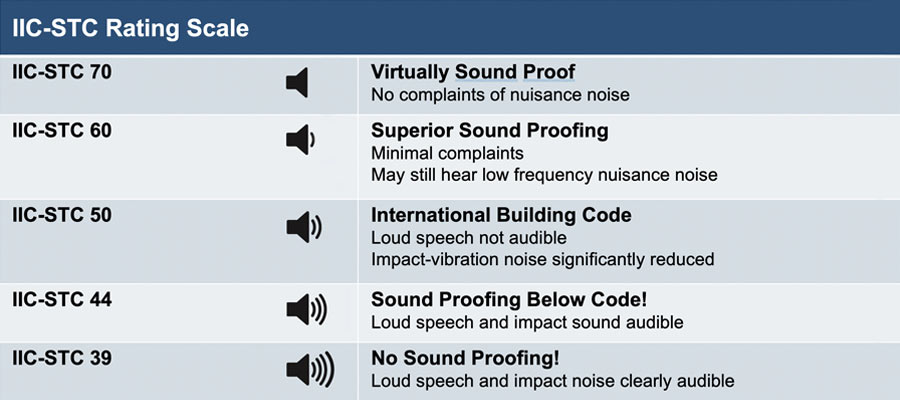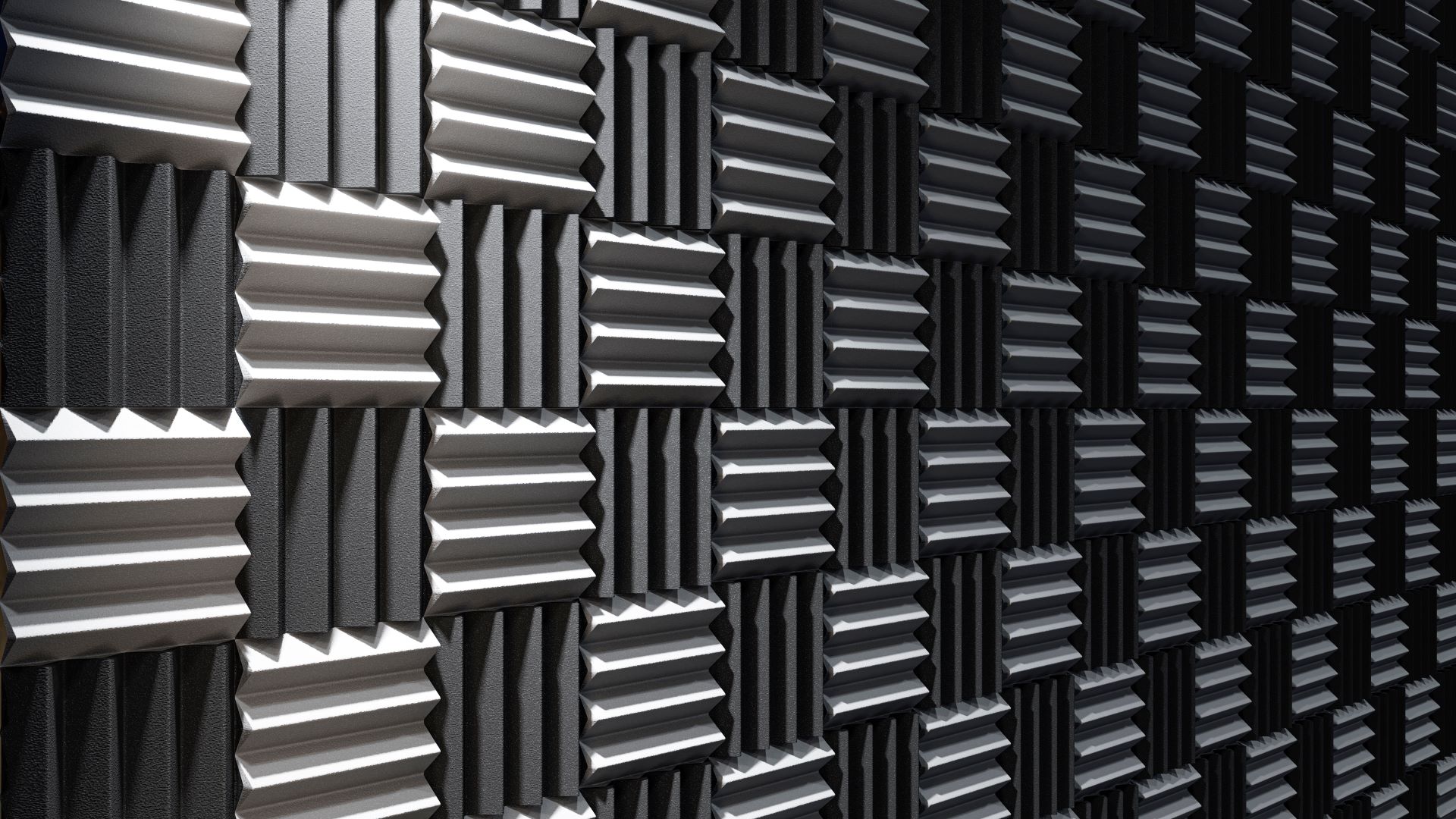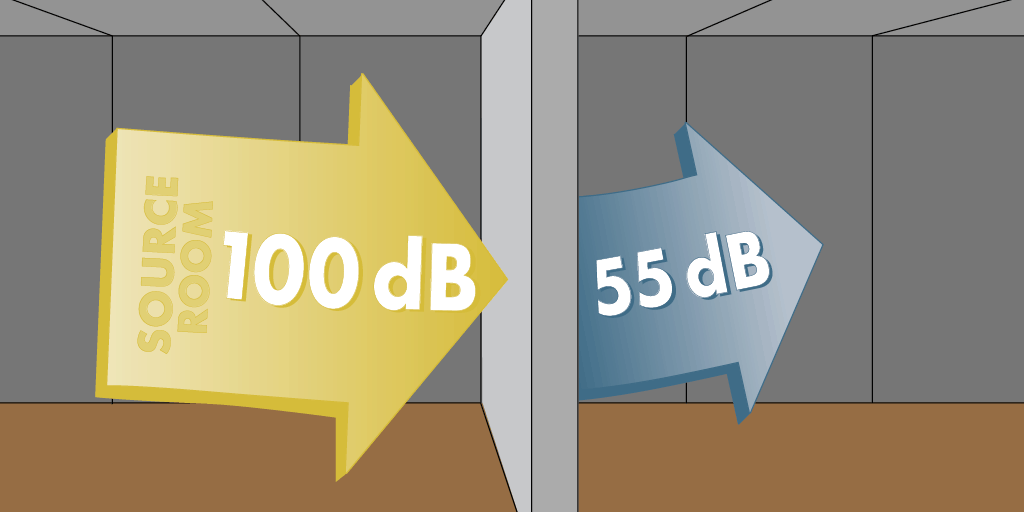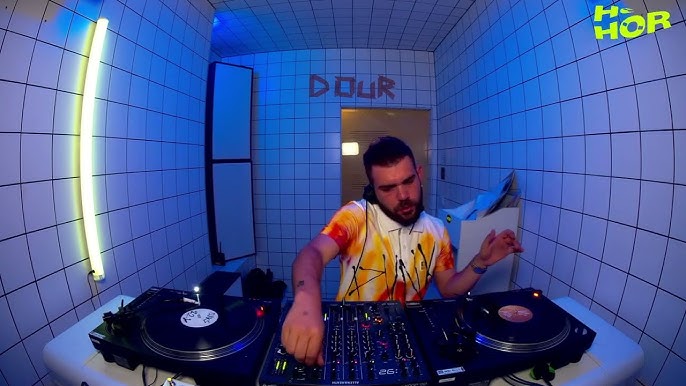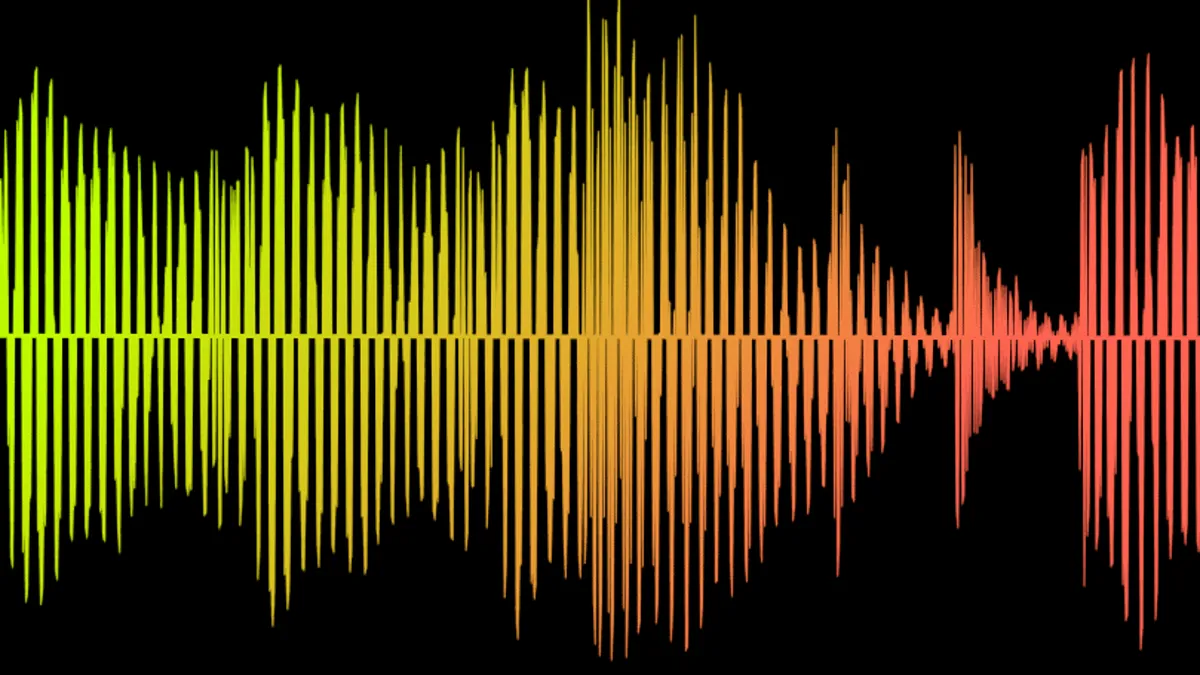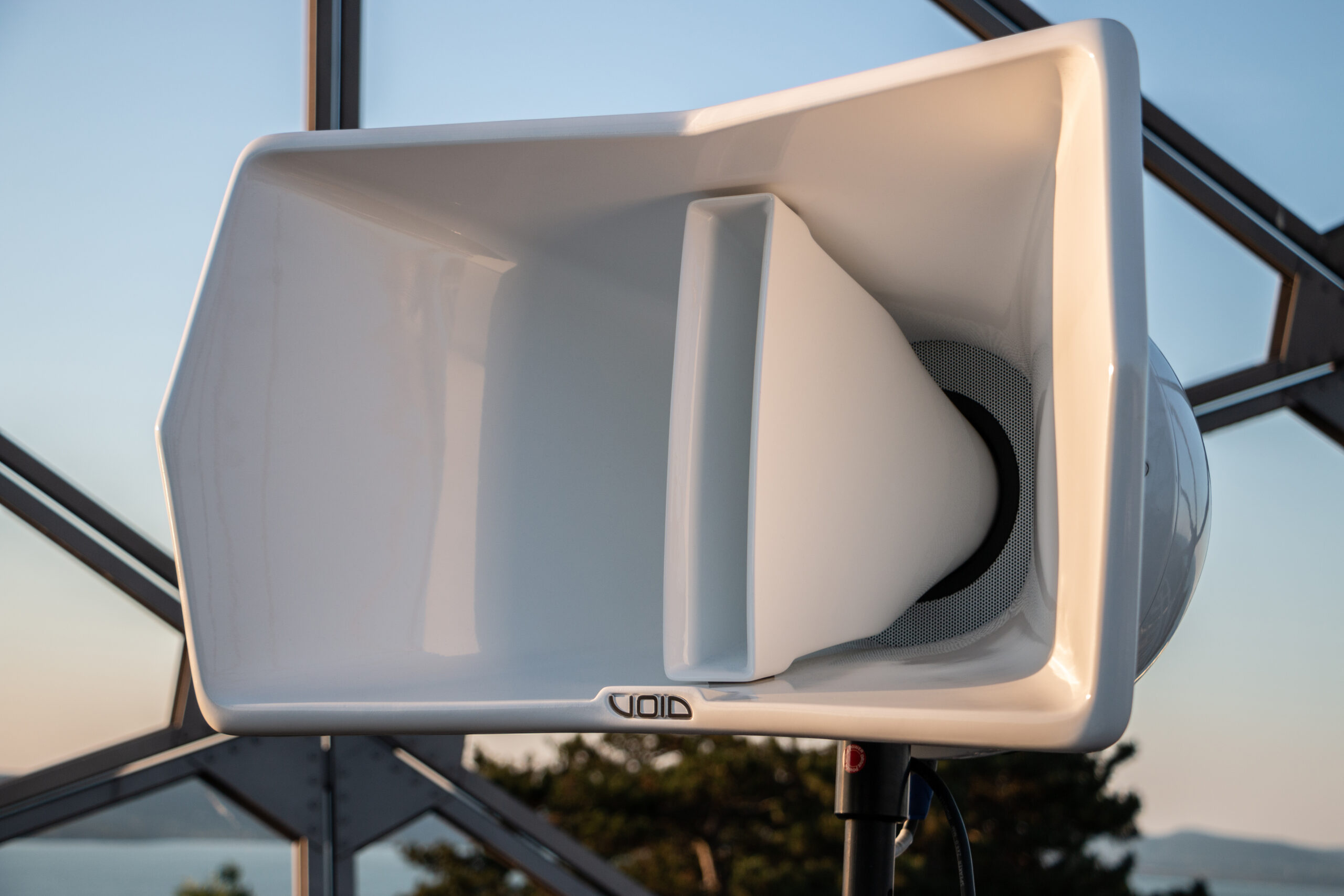If you are reading this, then you probably are aware that we are fans of immersive audio…after all, we named our company after the concept. Frequently, we see claims of immersive audio venues, studios, and even loudspeakers touting the adjective; but what is immersive audio?
When I think about great audio – the word immersive comes to mind. The auditory experience should be like floating in water, [nearly]effortless, enveloping, refreshing, powerful, yet serene – relaxing. Audio should be relaxing and logical to your BRAIN. What does that mean? Well, your brain likes to process audio on a spatial level. The birds are chirping up in the trees….the wind is blowing from the west…..the grass is crunching beneath my feet……the lion is roaring at me from over there. This applies to audio from speech, music, and performance as well. Have you ever experienced the relaxing and soothing nature of a jazz quartet in an intimate environment? The drums sound like they are coming from the middle, because they are in the middle. The saxophone is being heard house right, because the sax player is standing house right, and the piano on the left, because…..well, you get it…..

So what happens when we mash all of the complex sounds of an orchestra into two bookshelf speakers 15 feet across the room? Your brain doesn’t really like this because it doesn’t make all that much sense spatially – it’s just not organic. Audio reproduction is RARELY truly immersive, and often times it’s really not very good at all.
In search of “real” audio immersion, notably in the reproduction and reinforcement of music and artistic performance, some actual real standards have emerged and I though it would be interesting to share two of my favorites.
The first place I came across a concept that seemed far more legitimate than generic buzzword usage, was at the CEDIA Expo. CEDIA, as an organization, encompasses a wide range of technology integration in the residential space (everything from motorized roller shades to hide from your neighbors, to security cameras to spy on your neighbors), and the crown jewel of this industry is Cinema Home Theater. The governing body of CEDIA took it upon themselves to create an exhaustive standard that I can confidently say is worthy of the title ‘immersive audio.’ In fact, they published the entire standard, known as RP22 which you yourself can download here(it is a very long document, but a worthwhile read).
RP22 defines, describes, and prescribes RP22 immersive audio standards in great detail. They define the purpose of RP22 as a standard:
to deliver the artistic intent of content creators by making the audio experience more realistic and engaging. When delivered well, even monaural audio can provide an immersive experience. However, immersive audio most commonly refers to the use of multichannel reproduction, especially with the addition of an upper layer of speakers to augment the traditional surround sound layer for greater spatial awareness and improved localization of sounds.
I agree with CEDIA’s purpose – and I’ve been lucky enough to experience immersive audio from just one or two speakers like the incredible fidelity from a pair of OMA‘s ‘Imperia’ loudspeakers, or in multichannel reproduction, like the mind-blowing Demo theater created by Perlisten, Trinnov Audio, and others at this year’s CEDIA Expo. RP22 is entirely focused on multichannel audio and dives into great detail on the definitions, approach, and standards that they have collectively set.


As seen above, RP22’s immersive audio standard begins by extending audio from two to three dimensions. A surround system of five or more loudspeakers forms the listener level, with additional speakers added in the height dimension, also known as the upper layer. Five is a memorable number because five is the basis for 5.1 Dolby Surround which is a probably something your Dad bragged about to his work buddies 15 years ago. Now that RP22 is here, a new codex is upon us – ‘X.Y.Z’.
Let’s break this down.
- X = Listener Level
- Y = LFE or ‘Low Frequency Enclosure’ a.k.a. Subwoofers
- Z = Height Level or above the listener
What we now see in practice are systems like Dolby Atmos 7.1.4. Fun fact, Dolby Atmos extends up to 34(!!!) discrete speaker feeds in a 24.1.10 configuration. That means there are a total of 34 loudspeakers, plus one or more subwoofers in your home theater.

Reading through RP22, the takeaway is that sound should be spatial, object oriented, and extremely consistent across every seat in the home theater. This is a major departure from the old school ‘listening position’ in front of two channel audio, where if you move your head by two inches, you will lose the perfect tonal balance and the sound field will stop making sense. Having experienced a Level 4 RP22 certified theater first hand, I must say it is a technology marvel, but one that very, very few can afford or experience outside of ballers, friends of ballers, or industry insiders that attend CEDIA.
So how about a more readily and commercially available version of immersive audio?
Enter example two – L-Acoustics L-ISA. Coincidentally, L-Acoustics, Trinnov Audio, and Storm Audio are all French and seem to be pioneering in the immersive audio realm with advanced processing technology. Back to L-Acoustics. L-ISA is a proprietary system processor used to mix audio in a spatialized, object oriented manner to greatly enhance the audience experience. This processor allows sound engineers to move a sound across a spatial arrangement of loudspeakers only possible with…you guessed it….a whole bunch of loudspeakers.

L-Acoustics’ L-ISA processor is meant for deployments that fit into two categories, Hyperreal, and Immersive Hyperreal(and now a third known as HYRISS). Hyperreal dictates a wide speaker arrangement in a frontal scene (musicals, concerts, performances, etc.) and the goal is to accomplish what we discussed at the start of this blog – place the drums in the center, the sax on the right, and the piano on the left. Immersive Hyperreal aims to accomplish what RP22 is trying to accomplish, and that is to add the third ‘Height layer’ dimension, or the upper layer as pictured above.
From their website:
Deployed around the audience (left, right and behind), surround systems provide a complete sense of being in the sound rather facing the sound.
Surround systems are qualified in Soundvision using specific Sound Pressure Level requirements (relative to the frontal system).
Surround systems can be interesting in a wide spectrum of applications. An electronic music production could immerse the audience in pads and synths panned all around them. A classical orchestra could use surround systems to create the natural perception of “being in a Great Room” by using the L‑ISA Processor room engine capabilities.
What’s really cool is that L-Acoustics offers spatialization features in their Soundvision platform – a platform that we use every day at immersion audio to design sound experiences for our clients. What is less cool, is that you have to become certified to access these features which means attending a training course for a few hundred euros.

Why is this accessible? Well, this technology is being used all over the world with recording artists like Adele, art installations like Artechouse here in NYC, and broadway musicals like Here Lies Love. For a full list of active Hyperreal and Immersive Hyperreal installations, visit this link.
Between CEDIA and L-Acoustics, it’s clear that a standard of immersive audio is emerging – so the next time a quadraphonic (4 point) dance floor claims to be an immersive audio experience – you can be that annoying person that says…”well actually there are no speakers in the ceiling so it’s actually not.”
— immersion audio —


